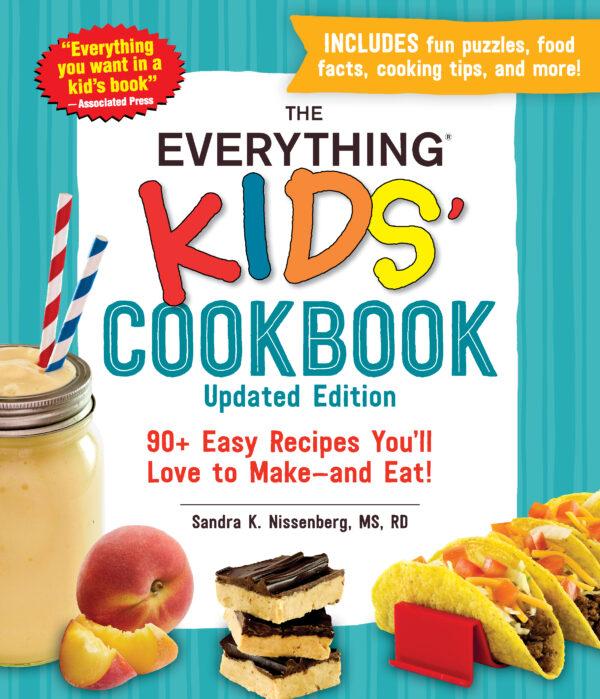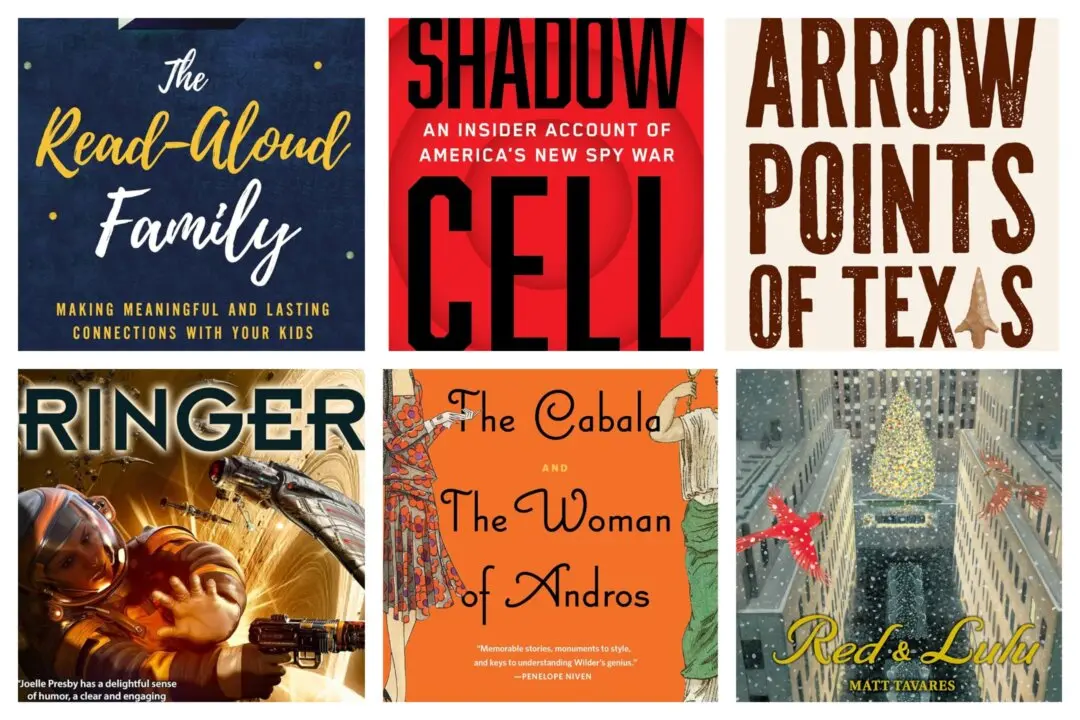The holiday season invites families to get into the kitchen together and collaborate on the most delicious treats of the year. I recently spoke to Sandy Nissenberg, nutrition expert and author of “The Everything Kids’ Cookbook,” about the benefits of cooking with kids.

"The Everything Kids' Cookbook, Updated Edition" by Sandra K. Nissenberg (Simon & Schuster, $14.99).






